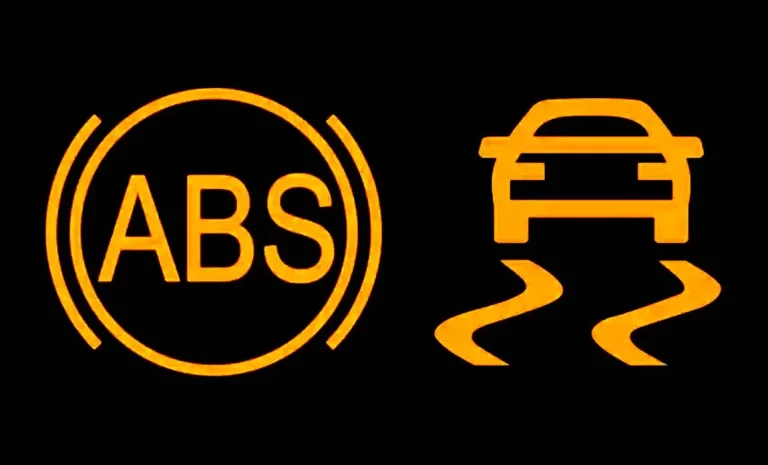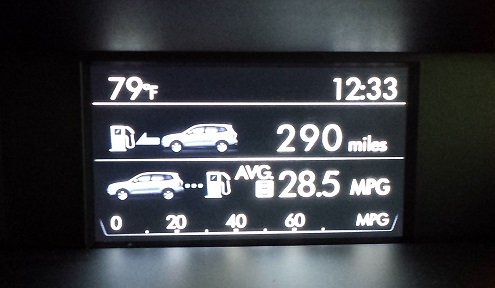How To Decode A VIN Number?
How To Decode A VIN Number?
Decoding a Vehicle Identification Number (VIN) is a useful skill for identifying important details about a vehicle, such as its manufacturer, specifications, and unique features. Here’s a general guide on how to decode a VIN:
-
Find the VIN: It’s typically located on the driver’s side dashboard and can be seen through the windshield. It may also be found on the driver’s side door frame.
-
Understand the Structure: A VIN consists of 17 characters (digits and capital letters) that act as a unique identifier for the vehicle.
-
Decode Each Section:
- Characters 1-3 (World Manufacturer Identifier – WMI): The first three characters identify the vehicle’s country of origin, manufacturer, and division. For example, “1HG” indicates a Honda manufactured in the USA.
- Characters 4-8 (Vehicle Descriptor Section – VDS): These provide information about the model, body type, transmission type, and engine code.
- Character 9 (Check Digit): This is a calculated value used to verify the accuracy of the entire VIN.
- Character 10 (Model Year Indicator): This character identifies the model year of the vehicle. Each letter and number corresponds to a specific year (e.g., “J” is for 2018).
- Character 11 (Plant Code): Indicates where the vehicle was manufactured.
- Characters 12-17 (Vehicle Identifier Section – VIS): These are used by the manufacturer to identify the specific vehicle. This section typically includes a serial number.

-
Use Online Tools: Many websites and databases allow you to enter a VIN to get a full vehicle history report, which can provide details like registration, accidents, repairs, and more. These tools do the decoding automatically.
-
Consult Resources: Manufacturers often have guides for interpreting their specific VIN formats. Auto mechanic books and websites also frequently include VIN decoding information.
Practical Uses of Decoding a VIN
Decoding a VIN (Vehicle Identification Number) has a surprising number of practical uses, both for car buyers and people who already own a vehicle. Here are some of the most common:

For Car Buyers:
- Verify Vehicle Information: When considering a used car, decoding the VIN allows you to confirm details the seller provides about the car’s year, make, model, engine type, and trim level. This helps ensure you’re getting the car you think you are and avoid potential misrepresentation.
- Identify Recalls: A VIN check can reveal if the car has any outstanding safety recalls from the manufacturer. This is crucial information to know before you buy, so you can factor in the cost of repairs or ensure the recalls have already been addressed.
- Check Accident History: Several VIN decoders provide access to vehicle history reports. This can reveal past accidents, repairs, and even ownership changes, giving you a more comprehensive picture of the car’s life.
- Get Accurate Parts: Knowing the exact details of your car through the VIN ensures you order the correct replacement parts when needed.
For Car Owners:
- Schedule Maintenance: With the VIN’s information about the engine and model, you can find the manufacturer’s recommended maintenance schedule for your specific car. This helps you stay on top of important services like oil changes and tune-ups.
- Find Replacement Parts: Just like for car buyers, knowing the VIN allows you to find the perfect replacement parts for repairs or upgrades.
- Insurance and Registration: The VIN is often required when getting insurance quotes, registering your car, or renewing your registration.
- Warranty Claims: If your car is still under warranty, the VIN is essential for making warranty claims for repairs.
Additional Uses:
- Law Enforcement: VINs are a critical tool for law enforcement in tracking stolen vehicles and investigating accidents.
- Salvage Yards: Salvage yards use VINs to identify and categorize vehicles they receive.
Overall, decoding a VIN is a valuable tool for anyone interested in a car’s history, specifications, and proper care.
Frequently Asked Questions
What does a Vehicle Identification Number (VIN) signify?
The VIN is not just a random set of characters, it holds significant information regarding the vehicle’s manufacturer, model, and unique specifications. This 17-digit number is a crucial asset for knowing a vehicle’s identity.
How can I decode my VIN?
You can decode your VIN using the NHTSA’s VIN decoder. This will reveal important details like the make, model, and manufacturer of your vehicle. It’s an easy-to-use tool that unlocks valuable insights about your vehicle.
What’s the practical use of decoding a VIN?
By decoding a VIN, you can screen potential vehicle purchases, and get insights into a vehicle’s past, such as accident reports and damages. Various VIN lookup services like CARFAX, VinAudit, and AutoCheck offer this service, although they may charge a fee.
Can VIN decoding help identify a stolen vehicle?
Yes, Homeland Security’s National Insurance Crime Bureau provides a free VIN check service to identify if a vehicle is stolen or salvaged, making it another useful aspect of VIN decoding.
Are there any challenges with decoding a VIN of an older vehicle?
Yes, vehicles manufactured before 1980 might have nonstandard VINs and may require additional research to decode correctly.
Which is the most recommended VIN decoding service?
Several VIN decoding services provide a comprehensive analysis. However, VINBasic™ is often recommended for being the most complete VIN decoding solution, covering a vast range of vehicles, including motorcycles, off-road vehicles, and trailers.

Hi! I’m Larry Gibbs, studying mechanical engineering with a focus on cars. I really love Ferraris and write blog posts about the latest car stuff. When not studying or blogging, I’m usually on a road trip exploring new places. I also enjoy playing football and watching movies. Life’s an adventure, and I’m all about enjoying the ride!







